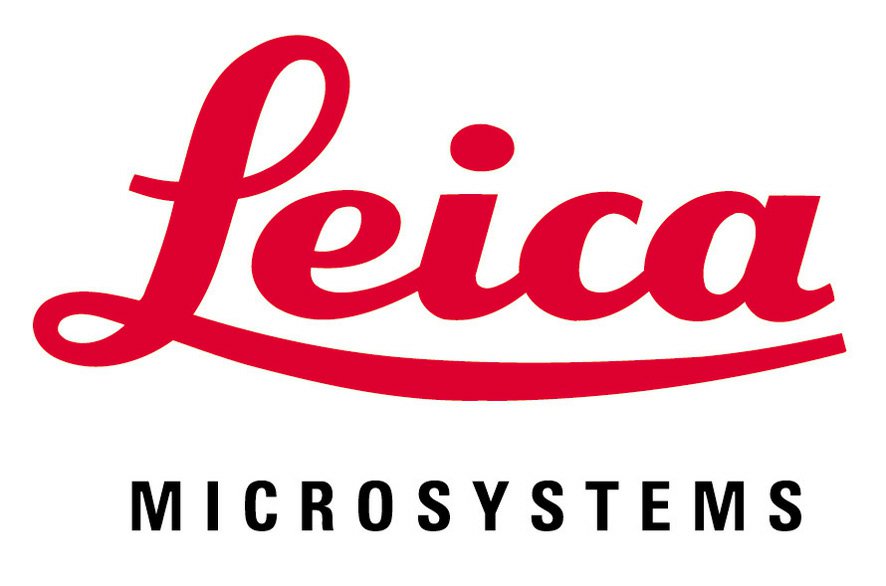 Metallographic microscopes (also known as metallurgical microscopes) are highly relevant across the value chain of various industries where metals are used, i.e., from mining via smelting to alloy development, recycling, and additive manufacturing. Metallographic microscopes can be used for research and development (R&D), quality assurance (QA), failure analysis (FA), or inspection.
Metallographic microscopes (also known as metallurgical microscopes) are highly relevant across the value chain of various industries where metals are used, i.e., from mining via smelting to alloy development, recycling, and additive manufacturing. Metallographic microscopes can be used for research and development (R&D), quality assurance (QA), failure analysis (FA), or inspection.
Metallography is the study of the microstructure of all types of metals and metallic alloys. More concretely, observing and determining the structure, composition, and spatial distribution of grains, inclusions, and phases in these metals and metallic alloys.
Leica Metallographic Microscope Solutions
-
The DVM6 digital microscope is a versatile solution that helps you gain insights during your sample investigations, stay focussed on your work...
This materials microscope combines high-quality Leica optics with state-of-the-art universal white light LED illumination.
An ideal inspection tool for all kinds of routine inspection tasks in metallography, earth science, forensic investigation, and materials quality...
The Leica DM4 M is an Industrial Microscopes for manual routine inspection.
90% time savings: Visual & chemical material inspection 2-in-1. This integrated Laser Induced Breakdown Spectroscopy (LIBS) microscope solution...
The Leica DM6 M is an Industrial Microscopes for fully automated materials analysis
Inverted Microscopes for Industry
Combine Leica optical quality, a wide range of contrast modes, and intuitive software in one system to help you speed up your workflow.
Find the Right Inspection Solution for You!
What kind of samples do you observe?
If you observe sections, an upright metallographic microscope serves you well. If your samples are bulky and might not fit between the objective and the stage, you could use an inverted metallographic microscope.
Which standards do you need to follow for documentation?
Whichever standards you may need to follow, the dedicated Leica software modules allow you to perform analysis according to common international, regional, and organizational standards.
How complex are your tasks and samples?
If you only observe samples, without the need to document or measure, a manual microscope, such as the DM2700 M or the inverted DMi8 M, can serve you well. If you have more complex tasks at hand, a partially automated version, such as the DM4 M or the inverted DMi8 C, meets your workflow needs better. If you need to analyze many samples, the DM6 M or the inverted DMi8 A, is the better choice as the automated solution will help save you time.